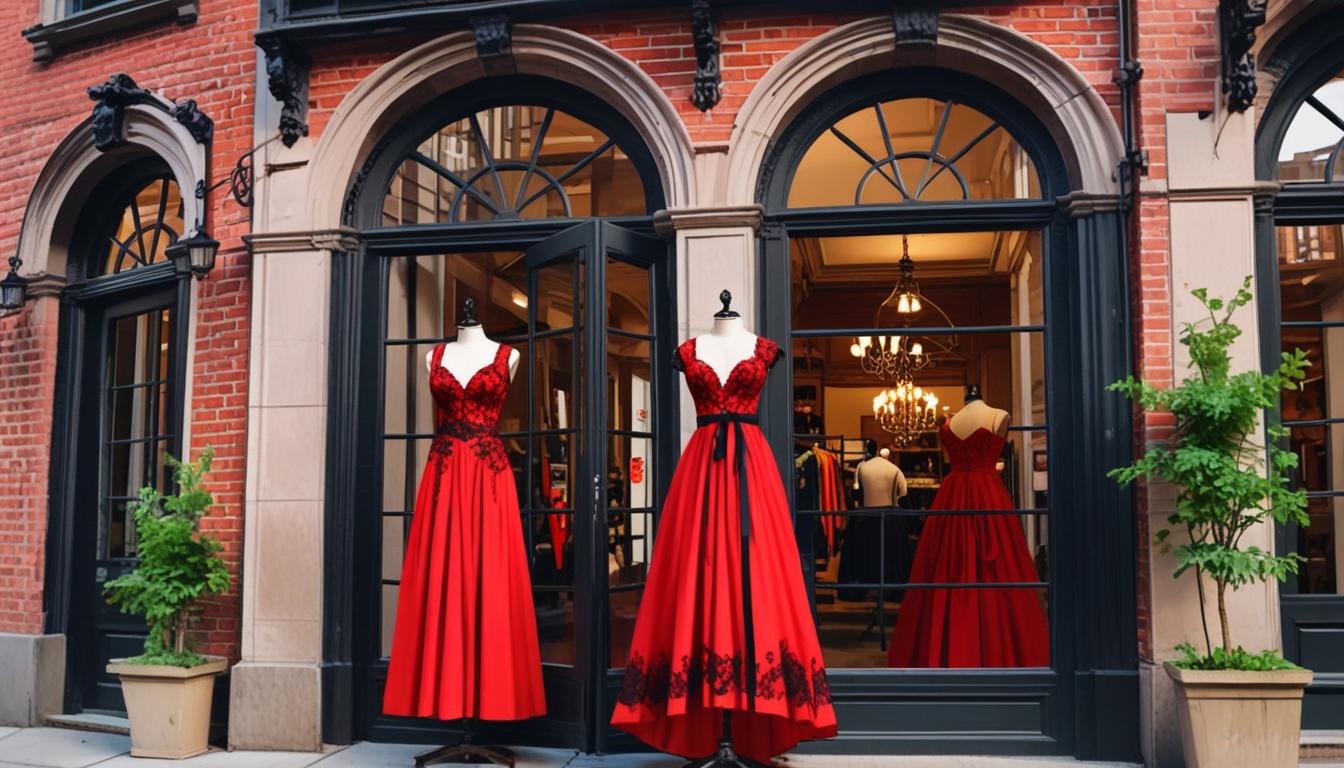Second-hand jewelry is becoming a fashionable choice among collectors and casual buyers, signifying a shift towards sustainability and individuality in style.
Second-hand jewelry is gaining prominence as a fashionable choice for many, reflecting personal style and offering a unique charm that is often absent in newly manufactured pieces. Various materials, including silver, brass, and gemstones, contribute to the individualized allure of these items, making them attractive to both collectors and casual buyers alike.
The appeal of second-hand jewelry lies primarily in its variety and character. Vintage pieces, such as rings, necklaces, and bracelets from past decades, not only offer exquisite aesthetic qualities but also serve as tangible elements of history, fostering a sense of nostalgia. Each item is often made in limited quantities, making them rare finds that collectors actively seek. Their prices are typically lower than their new counterparts, while still maintaining high quality.
Nguyen Thi Quynh Le, a 35-year-old from Nghe An, exemplifies this passion for second-hand jewelry. She avidly searches for unique pieces to complement modern designs, utilizing her travels and business trips as opportunities to hunt for watches, rings, and necklaces. For her, these collections represent more than just a hobby; each piece symbolizes her elegant and distinctive fashion sense. Recently, she expressed her satisfaction upon discovering a second-hand watch that perfectly matched her new Lacoste wallet, highlighting the joy of finding harmonious combinations.
As the market for second-hand items continues to grow, platforms like Facebook, TikTok, and Instagram have emerged as vibrant spaces for sellers and buyers. Live-streaming sales hosted by businesses such as July19 by HoaiOsaka and TOS SHOP – OV2ND Secondhand Chau Au have garnered significant attention, where sellers passionately present their items, detailing everything from the origin to outfit pairings. These sessions create an engaging atmosphere, allowing for real-time interaction among fashion enthusiasts. Such events often incorporate fun elements like mini-games, discounts, and giveaways, making the quest for second-hand treasures an exciting experience.
Hoai, a vintage shop owner in Hanoi who began exploring second-hand items in 2017, has successfully attracted customers through her regular live-stream sessions, showcasing handbags, jewelry, and other accessories. She has reported a high order confirmation rate, indicating the robust interest in second-hand goods.
Phan Ha, a 45-year-old second-hand jewelry enthusiast and seller in Hanoi, notes that despite their affordability, second-hand pieces tend to maintain their durability and value over time. This resilience allows buyers to sell these items without the fear of significant depreciation.
Additionally, Le Minh Trang, 38, from Hanoi, emphasizes that second-hand jewelry often carries emotional weight and stories from previous owners. This sense of connection adds a layer of depth, transforming mere transactions into meaningful exchanges of history and sentiment.
HomeHome Hana, a brand based in Saigon, imports exclusive second-hand jewelry from Japan, known for its high quality and unique designs. According to a representative from the company, their focus on service quality and preservation has helped them build a loyal customer base among discerning shoppers. By conducting thorough market research and carefully selecting products that appeal to different demographics, they contribute to the expanding trend of sustainable and circular fashion.
In summary, the growing enthusiasm for second-hand jewelry speaks to a broader movement towards sustainability and individuality in fashion. With its rich stories and unique designs, second-hand jewelry offers a distinctive avenue for self-expression while fostering a sense of community among those engaged in the vibrant culture of vintage fashion.
Source: Noah Wire Services




